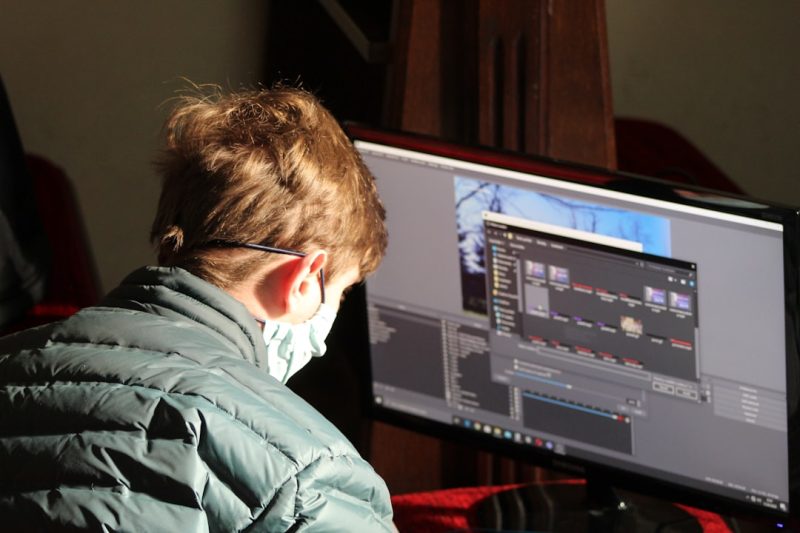In the fast-paced world of digital content, storytelling has always been at the heart of communication — whether in cinema, marketing, education, or social media. Over the years, video editing has evolved from a painstaking manual effort to a highly automated and creative endeavor. One of the most exciting advancements in this digital revolution is AI-powered video face swap technology, which is radically redefining how people tell stories on screen.
From its humble beginnings with scissors and celluloid, video editing has come a long way. In just a few decades, we’ve transitioned from analog cutting to non-linear digital editing platforms like Adobe Premiere and Final Cut Pro. But the real game-changer has only arrived recently — Artificial Intelligence.
The Rise of AI in Video Editing
AI has introduced a host of tools that automate, simplify, and enhance the editing process. Features like automatic color grading, scene detection, voice transcription, and content-aware editing have made it easier than ever to produce high-quality digital content.
One standout innovation is the AI video face swap. This technology allows creators to replace one person’s face with another’s in a video seamlessly. And it’s not just a mere overlay — it considers lighting, angles, skin tones, and expressions to create a realistic and often indistinguishable result.
[ai-img]ai face swap, editing suite, digital storyteller[/ai-img]Understanding AI Face Swapping Technology
Face swapping in videos used to be a niche skill, requiring expensive software and considerable manual effort. Today, AI systems powered by deep learning and generative adversarial networks (GANs) perform most of the heavy lifting. The system analyzes thousands of facial data points and uses that information to produce ultra-realistic results — often in real-time.
This technology has opened doors across industries, not just in entertainment. Below are some key areas where it’s redefining digital storytelling:
- Filmmaking: Directors can now reshoot scenes by swapping actors’ faces digitally, saving time and reducing production costs.
- Marketing: Brands can use familiar celebrity faces on promotional videos without the need for in-person appearances.
- Education and Training: Instructors can personalize content for different audiences, using a more relatable face or voice.
- Gaming and Virtual Reality: Face-swapped avatars enhance immersion and personalization in interactive experiences.
Implications for Digital Storytelling
AI video face swapping is not just a tool — it’s a storytelling enhancer. With its ability to replace a character’s face without disrupting the narrative, creators can now tell stories that are more diverse, inclusive, and imaginative. It’s possible to depict alternate realities, historical reenactments featuring modern actors, or multilingual adaptations with culturally appropriate personas.
[ai-img]film production, actor face swap, digital makeup[/ai-img]Moreover, this technology can even bring historical figures “back to life” for documentaries or educational materials, offering a deeper emotional connection to the audience. The applications are as diverse as the creative minds who use them.
Challenges and Ethical Considerations
With great power comes great responsibility. Alongside its creative potential, AI face swap technology brings ethical challenges. The rise of deepfakes has shown that realistic video manipulation can be misused for misinformation, impersonation, and other harmful purposes.
Content creators, platforms, and lawmakers are wrestling with ways to balance innovation with accountability. Transparency tools, ethical use guidelines, and digital authenticity markers are all being implemented to ensure that the technology is used responsibly.
The Future of AI and Storytelling
As AI continues to evolve, so too will its impact on storytelling. We may soon see video editing processes that require almost no technical skill — creators will describe what they want, and the AI will deliver an edited sequence within minutes. Personalized stories where the viewer becomes the protagonist might become mainstream, powered by real-time face and voice swapping.
These advancements suggest that the world of video production is moving toward more accessible, inclusive, and engaging narratives. And AI face swapping is clearly a key chapter in this larger story.
In the end, it’s not just about who tells the story, but how many more people are now empowered to tell their own. With AI as a co-creator, the boundaries of video storytelling are being pushed like never before.






